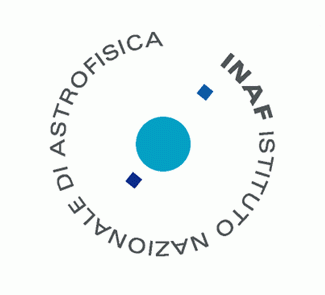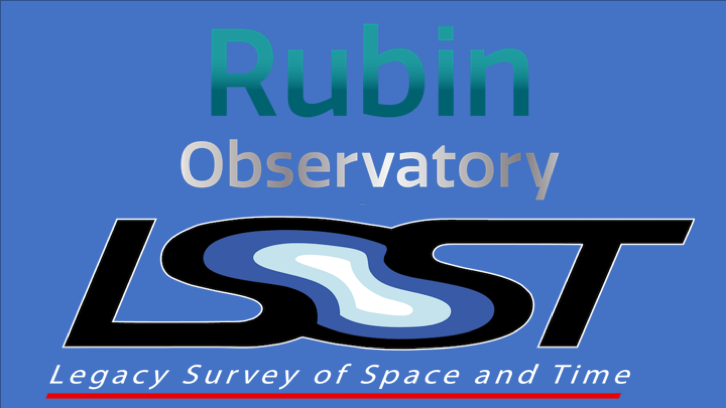Chair(s): Charles Keeton (Rutgers-The State University of New Jersey) & Aprajita Verma (Oxford University)
Strong Lensing Official webpage here
LSST will find more strong gravitational lensing events than any survey preceding it, and will monitor them all at a cadence of a few days to a few weeks. Concurrent space-based optical or perhaps ground-based surveys may provide higher resolution imaging: the biggest advances in strong lensing science made with LSST will be in those areas that benefit most from the large volume, and the high accuracy multi-filter time series.
Among its many applications, strong lensing can be used to trace total mass distributions of galaxies, groups and clusters; test detailed predictions of CDM on sub-galaxy scales; constrain cosmological parameters; study high-redshift transients and host galaxies; probe accretion disk structure with microlensing; and place constraints on stellar mass functions. The SLSC considers all aspects of strong lensing science and the best means of extracting it from LSST data. We work closely with the DESC Strong Lensing Working Group (DESC-SLWG) with a large overlap in membership. Given the varied applications of strong gravitational lensing our science areas of interest also overlap with a number of other LSST science collaborations and working groups including Dark Energy, Galaxies, Clusters, AGN, and Transients.
Key Strong Lensing Science Projects
The following list encapsulates 10 high priority science goals identified by the SLSC, however this list is by no means exhaustive and we welcome contributions on further interest areas.
Detailed Modelling of Time Delay Lenses and Their Environments: Galaxy Properties and H0Dt
Statistical Approaches to H0Dt from Lens Time Delays
Galaxy and Group-scale Mass Distributions, and Their Evolution
Sub-galactic CDM Structure from Flux Ratio Statistics
Accretion Disk Structure from 1000 Microlensed AGN
Measuring the Physical Properties and Rates of High Redshift SNe with a Large Array of Cosmic Telescopes
Cluster Properties and Cosmography from Arc Statistics
Calibrating the LSST Cluster Mass Function using Strong and Weak Lensing
Exotic Gravitational Lenses in the LSST Survey
Multiply-imaged Gamma Ray Bursts

